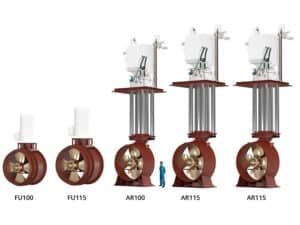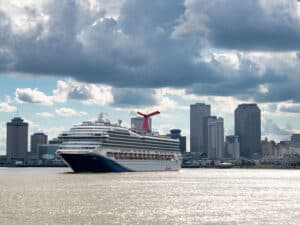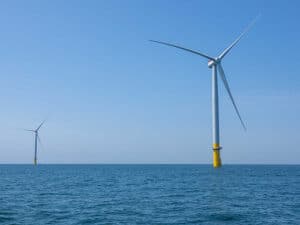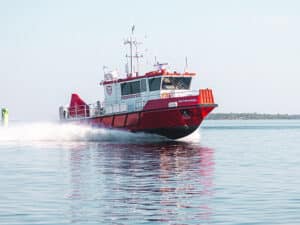
San Pedro Bay ports ahead of emissions reduction targets
Written by Marine Log Staff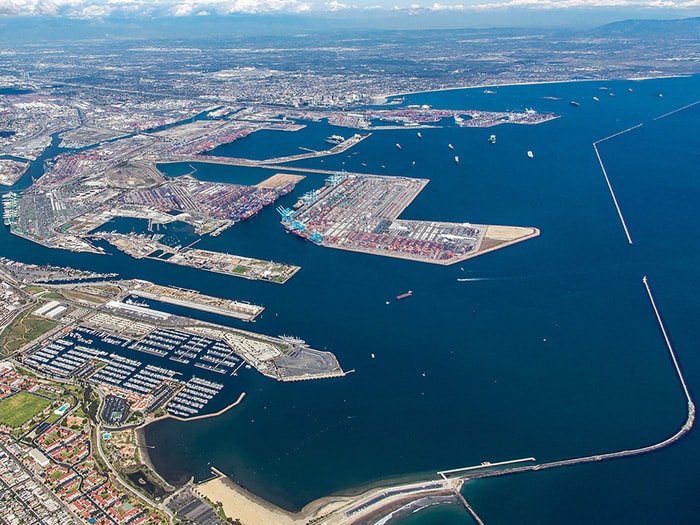
Responding to a challenge launched at COP27, San Pedro Bay ports will be linked to Singapore by a green and digital corridor.
The Pacific Merchant Shipping Association (PMSA) reports that emissions from the combined San Pedro Bay ports of Long Beach and Los Angeles continue to decline as a result of marine terminal, ocean carrier and industry partner investments in cleaner equipment and technologies, including operational changes, to improve air quality in Southern California, according to two new reports released by the ports. (Port of Long Beach report and Port of Los Angeles report.)
The San Pedro Bay ports together saw steep and dramatic reductions in 2022; combined numbers reveal drops of 90% for diesel particulate matter (DPM), 97% for sulfur oxides (SOx), 63% for nitrogen oxides (NOx) and equally remarkable declines for other emission categories, compared to the baseline year of 2005. Reductions were captured across all port sources, including ocean-going vessels, cargo handling equipment and trucks.
Notably, the San Pedro Bay Ports Clean Air Action Plan (CAAP) emission reduction targets have been met ahead of schedule.
“The impressive reductions at the San Pedro Bay Ports over the past two decades is the model success story involving the commitment, partnership and resources of the ports, tenants and industry partners,” stated Jacqueline Moore, vice president of the Pacific Merchant Shipping Association. “Much of the success is due to collaborative, voluntary efforts to achieve the emission reduction goals ahead of schedule as outlined in the ports’ Clean Air Action Plan.”
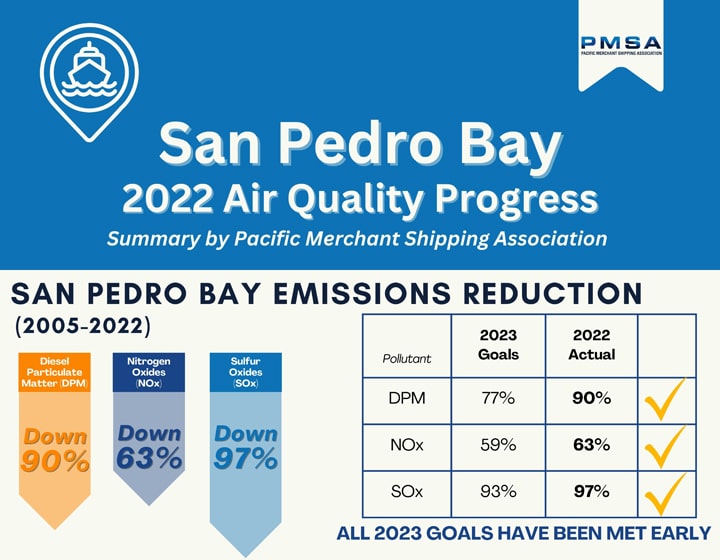
GHG REDUCTION
The two reports primarily show the ports’ efforts to meet clean air rather than GHG reduction targets, though both ports have made progress on that, too
The 2022 report shows the Port of Los Angeles made progress in reducing greenhouse gases (GHGs), down 22% compared with the previous year and 4% since 2005. Still, says the portm cutting GHGs remains a significant challenge. Progress hinges on further breakthroughs in operational efficiency, innovation and technology. To reduce GHGs from ships, the Port is collaborating with its trans-Pacific partners, including some of the world’s busiest ports in Asia, to decarbonize vessels and establish green shipping corridors.
The port says it continues to pursue strategies aimed at eliminating the remaining emissions of DPM, NOx and SOx and reducing GHG emissions 40% below 1990 levels by 2030 and 80% below 1990 levels by 2050.
Key measures for reaching these goals include transitioning all cargo handling equipment to zero emissions by 2030 and all drayage trucks calling at marine terminals to zero emissions by 2035. To speed up the transition, the port is offering incentives to put more zero-emissions trucks in service and investing in charging and clean-fueling infrastructure.

